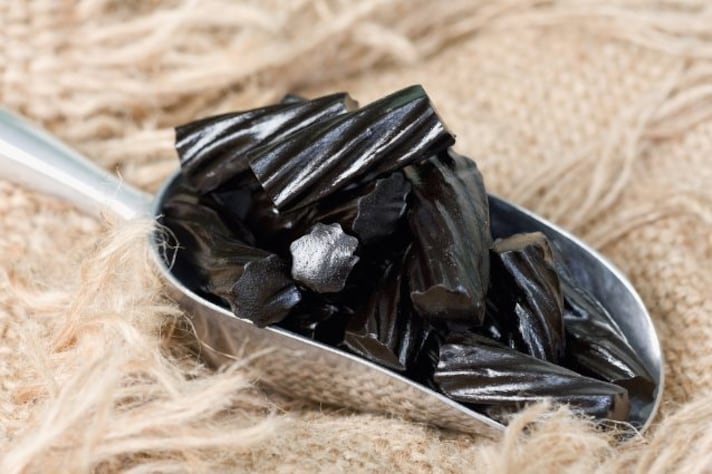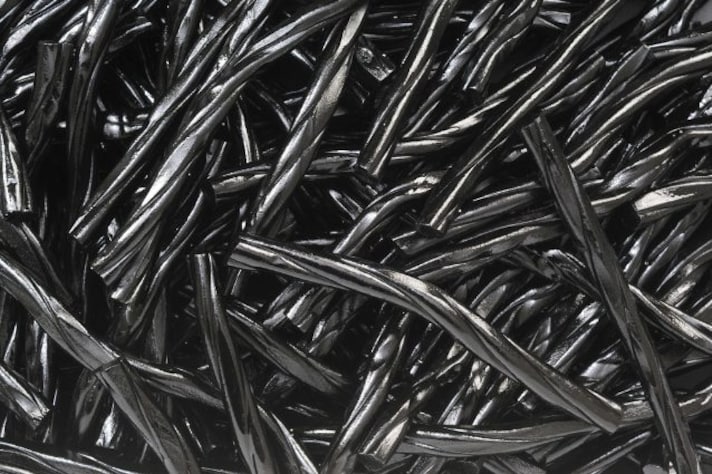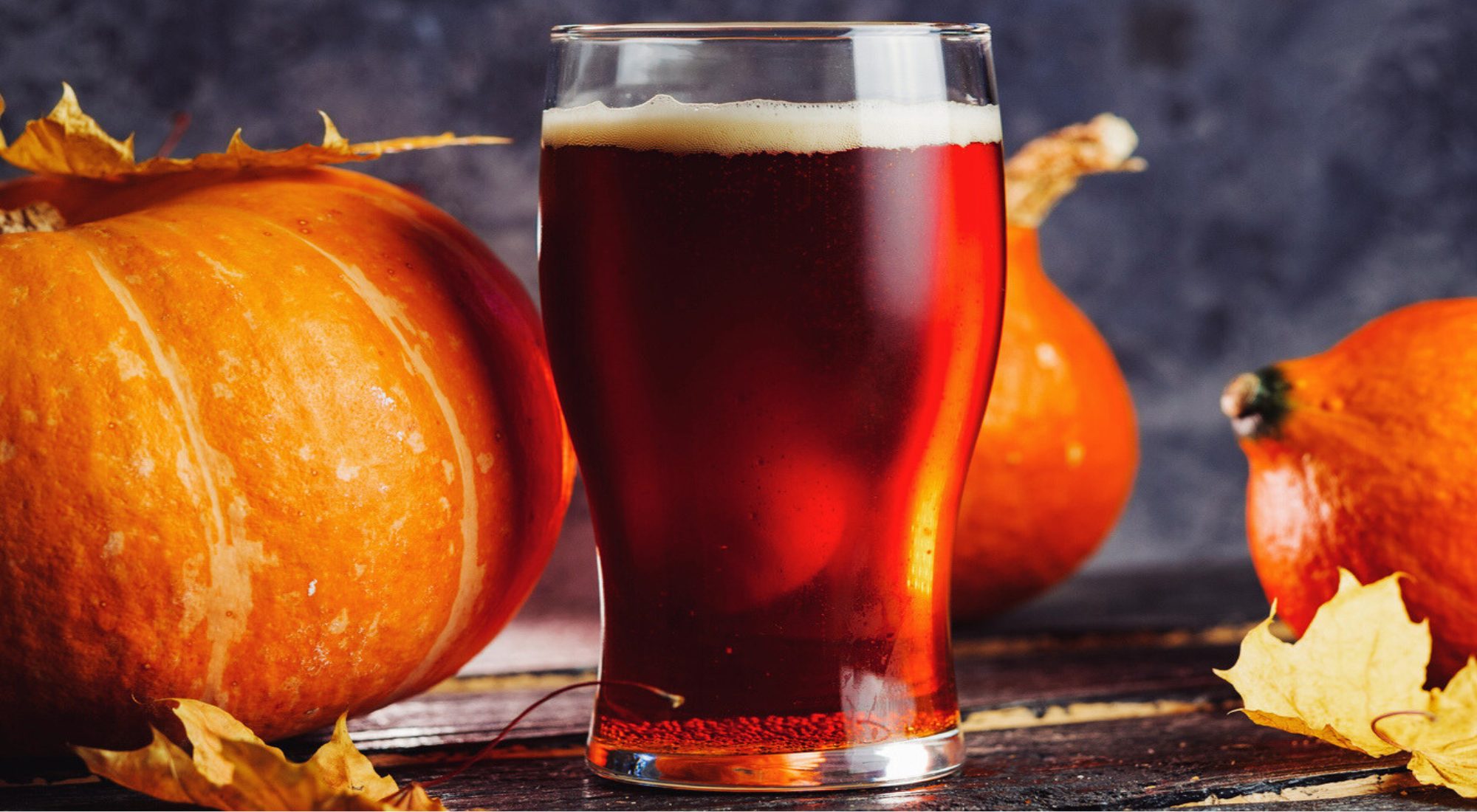Does Black Licorice Really Taste Like Medicine, or Are We Just Biased?
Black licorice is one of the most divisive candies—loved by some, despised by others. Its bold, herbal flavor is often dismissed as “medicinal,” but is that perception based on taste or bias? With deep cultural roots and a complex sweetness, black licorice might be more misunderstood than unappealing. Could it be an acquired taste worth reconsidering? The answer isn’t as simple as it seems.

Few candies stir as much controversy as black licorice. For some, its deep, herbal sweetness is nostalgic and comforting. For others, it’s an unpleasant shock—bitter, medicinal, and reminiscent of something found in a pharmacy rather than a candy shop.
Why does black licorice provoke such strong reactions? Is it truly an acquired taste, or are we simply biased against it? And most importantly—if it tastes like medicine, why do so many people love it? Let’s unwrap the mystery.
What Exactly Is Black Licorice?
Unlike its fruity red counterpart, black licorice is flavored with extract from the licorice root (Glycyrrhiza glabra), which has been used for centuries in both confectionery and traditional medicine. While black licorice candies often contain additional flavors like anise or molasses, the distinctive earthy, slightly bitter-sweet taste comes from the root itself.
Beyond candy, licorice root has a long history in herbal medicine, used in cultures worldwide for its anti-inflammatory and digestive benefits. In fact, it’s still a common ingredient in teas, lozenges, and even some cough syrups—perhaps fueling its reputation for tasting “medicinal.”
Why Do Some People Think It Tastes Like Medicine?
If you’ve ever recoiled at black licorice, you’re not alone. But taste perception isn’t just about flavor—it’s also about memory and cultural exposure. Here’s why black licorice has such a polarizing reputation:
- Medicinal Associations:
Many Americans first encounter licorice flavor not in candy, but in cough drops, herbal teas, or digestive tonics. This early exposure links the taste to sickness, making it unappetizing when found in sweets. - Genetics and Taste Sensitivity:
Some people are naturally more sensitive to the bitter compounds in licorice root, making it taste stronger or less pleasant. This is similar to how some find cilantro refreshing while others say it tastes like soap. - Cultural Bias:
Black licorice is a beloved treat in Europe, especially in Scandinavia, the Netherlands, and Germany, where it’s often paired with salt for an even more intense flavor. In contrast, American candy culture leans heavily toward fruity, chocolatey, or ultra-sweet flavors, making black licorice feel like an outlier. - Anise Confusion:
Many licorice-flavored products in the U.S. (including some black licorice candies) actually contain anise oil instead of real licorice root. While the flavors are similar, anise has a sharper, spicier kick, which can make licorice-based treats taste even more unfamiliar.

What Does Black Licorice Actually Taste Like?
For those who enjoy it, black licorice is deep, complex, and slightly sweet with an earthy finish. It’s often described as:
Sweet but not sugary, thanks to natural licorice root extract and molasses.Herbal and woody, with notes of fennel, anise, and even a hint of mint.Slightly bitter, adding depth and preventing it from being overwhelmingly sweet.Warming and smooth, almost like a mild spice that lingers on the tongue.
Because of its layered flavor profile, black licorice is often paired with salt, honey, chocolate, or coffee in different cultures, enhancing its unique taste.
Why Do People Love It?
Despite its divisive reputation, black licorice has a dedicated fan base around the world. Here’s why:
- Nostalgia: In countries where black licorice is a childhood staple, people associate it with comfort and tradition.
- Sophisticated Flavor: Unlike sugary candies, licorice has a more mature, complex taste, making it appealing to those who enjoy flavors like espresso, dark chocolate, or herbal liqueurs.
- Health Benefits: Licorice root has been used in traditional medicine for centuries, often praised for soothing sore throats, aiding digestion, and reducing inflammation—though too much can have side effects.
In Scandinavia and the Netherlands, licorice isn’t just a candy—it’s a cultural icon. Dutch “drop” comes in a variety of flavors, from mildly sweet to intensely salty, while Finnish salmiakki (salted licorice) is famous for its bold, briny kick.

How to Enjoy Black Licorice (Even If You Think You Hate It)
If you’ve sworn off black licorice in the past, here are some ways to give it another shot:
- Start with milder varieties—try black licorice with added honey or vanilla for a smoother introduction.
- Pair it with chocolate or coffee—licorice’s bitter-sweet profile complements rich, roasted flavors.
- Try salted licorice—it may sound extreme, but the salt balances the sweetness in a way that many find surprisingly addictive.
- Experiment with licorice-flavored liqueurs—drinks like ouzo, pastis, or sambuca offer a different (and often more palatable) take on licorice flavor.
Final Verdict: Is It Really That Bad?
Black licorice has been unfairly labeled as “medicinal” by many, but that perception may come more from cultural bias and early associations than the flavor itself. In reality, it’s a complex, aromatic, and deeply satisfying treat—if you’re willing to give it a chance.
So, is black licorice an acquired taste? Absolutely. But is it as terrible as its reputation suggests? Not necessarily. In fact, you might just be missing out on one of the world’s most unique and beloved confections.
;Resize,width=767;)

;Resize,width=712;)

